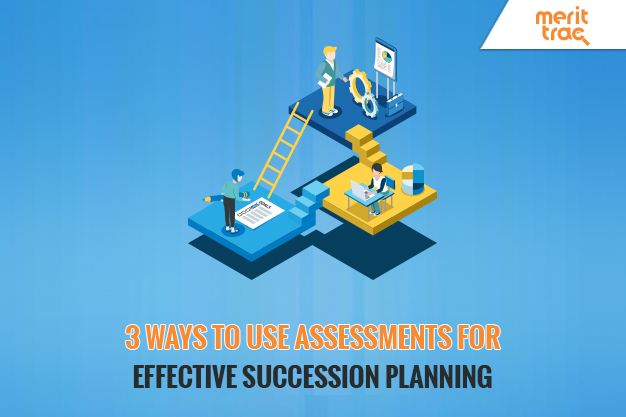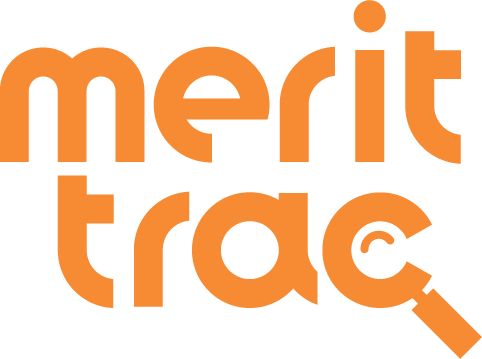
3 Ways to Use Assessments for Effective Succession Planning
Date: 07/12/2018 | Posted by: MeritTrac | Category: Corporate , Plan Your Succession with Merittrac
The pace of business failure is accelerating - 86% of Fortune 500 companies from 1955 do not exist today! Clearly, succeeding in the furiously fast-paced and competitive business environment requires top-notch leadership teams that have a deep understanding of disruptive technologies, dynamic workplace changes, and potential disruptors of their company’s business model. However, building such high performing teams is a challenge as only 14% of companies have a formal succession plan aligned with needs of the organization. That brings us to the question: how can organizations manage succession planning more effectively?
The answer lies in HR’s ability to identify high potential employees and individuals and groom them to meet requirements of senior roles. 56% of companies with effective leadership planning have high leadership quality as opposed to 20% of companies with less effective strategies. Assessments are a key enabler in helping HR identify leadership potential and move employees from individual contributor to leadership positions. When used effectively, talent assessment tools can help identify and rank high potential candidates, and propel them to vanguard positions. Companies also reskill their employees and more often than not there’s no way to determine the ROI on such investments. Assessments can certainly play a pivotal role in helping L&D leaders understand the value that has been derived from such investments.
Here are three ways you can leverage assessments for effective career planning and succession mapping:
#1 Identify high performers
Senior leadership roles require a complex range of skills, abilities and traits. Assessing behavioural competency, cognitive or critical thinking abilities and domain expertise can provide a comprehensive view of potential leaders’ capabilities and gaps. Assessments can not only help you determine if an individual has the necessary domain expertise but also their ability to deal with pressures and stress and carry out long-term planning. Take the case of Amway. The company relies on behavioral indices specified by predictive index to take informed decisions regarding internal candidate promotion, ensuring right-fit candidates for leadership positions.
#2 Build leadership skills
Leading assessment tools such from MeritTrac are useful in exploring individual’s leadership style, measuring their behavioural change over time, and identifying the work personality required for complex leadership roles. Based on the results of the assessment, you can deploy the right learning modules for reskilling and up skilling to close the identified gaps, and equip them for leadership success. HCL technologies for instance, uses an intelligent neural network engine to bridge skills gap and enhance leadership performance. The platform has also helped them predict accurate ROI on program, practices and policies.
#3 Match mentor and mentees
Mentoring, when done right, can accelerate leadership development and readiness. But the success of mentorship program depends on the mentor-mentee relationship. 360 assessment tools are great way to analyze the skill and intention gap, and build a mentorship program that is aligned with business succession goals and individual development. Such initiatives not only help create a highly engaged workforce but also pair high potential managers with the board of directors and managing partners for on-the-job training.
At a time when building a talent rich organization is pivotal to success, companies with assessment-backed succession planning are better placed to objectively rank employees for senior positions according to job-specific qualifications, behavioural competencies and current job performance. The result: an enhanced ability to map future leadership needs and build a leadership team that has the right combination of skill sets, backgrounds, experiences and perspectives for running a successful enterprise.
Source:
- cnbc.com/
- assets.kpmg.com/
- economictimes.indiatimes.com/













 Sales Hotline: USA: +1 646 916 0939 / Others: +91 80619 14700
Sales Hotline: USA: +1 646 916 0939 / Others: +91 80619 14700


